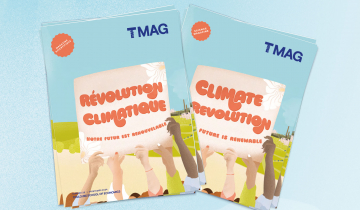We are economists, one specialized in decision theory under uncertainty, with applications to finance, macroeconomics, climate, insurance, risk prevention and public policy evaluation, and the other in development economics, with applications to infrastructure, public procurement, and institutions. Of course, there isn’t any legitimate specialist on the economics of covid19, and we have no such claim. Amid a health crisis, there are still many unknowns on the human, medical, economic and financial levels. And yet, decisions must be made very quickly. Scientists have useful but partial and incomplete knowledge. They have a responsibility to share it with public opinion and decision-makers, while acknowledging their doubts and the uncertainties that surround this knowledge. This puts scientists involved as much as public decision-makers in a very uncomfortable situation, with the quasi-certainty of being later criticized by citizens who are often subject to hindsight bias, which consists in judging the optimality of a past decision on the basis of information that was not available at the time the decision was taken. Already today, this bias can be heard. It will be worse tomorrow. Let us anticipate a further deterioration in the confidence of the people in their elected representatives.
The covid-19 crisis has no equivalent in modern history, neither in its intensity nor in its treatment. The Spanish flu killed between 50 and 100 million human beings between 1918 and 1920, but the conditions at the time did not lead to a containment strategy at the state level. Asian influenza (H2N2) is estimated to have killed 2 million people between 1956 and 1958, in a context where the international surveillance network was still poorly developed. Covid-19 appears to have a spread rate and mortality rate much higher than that of influenza. In the "laissez-faire" policy invoked at one time in Great Britain and the Netherlands, for example, some epidemiologists refer to a scenario involving a contamination of 70% of the population and a mortality rate of 2% among those contaminated, implying a death rate of 1.4% of the population. For France, this would result in an excess mortality of almost 1 million people. We are no more able than you are to judge the reliability of such an estimate, and its confidence interval is probably considerable. In the absence of certainties about the various parameters of the epidemic, we will have to continue to make choices considering these doubts and uncertainty.
Read the article
Image by Gerd Altmann Pixabay



